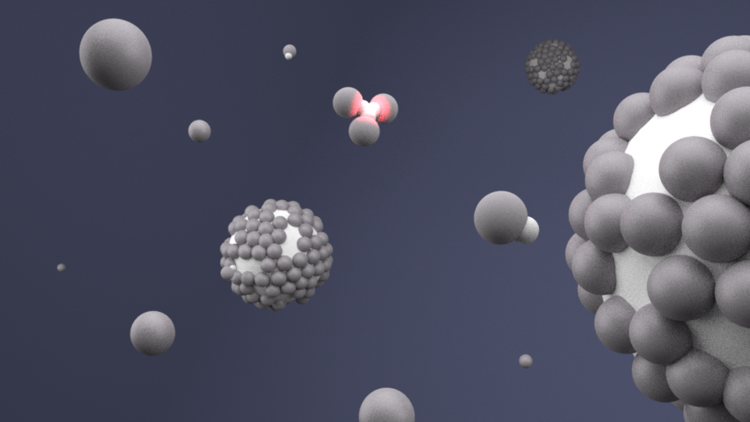
Here are some key aspects of the chemistry involved:
Monomers: The choice of monomers used in the polymerization process depends on the desired properties of the coating or construction material. Common monomers include acrylics, vinyl acetate, styrene, butadiene, and various other functional monomers that contribute specific characteristics like adhesion, flexibility, and chemical resistance.
Emulsion Polymerization: where the monomers are dispersed in water along with surfactants and initiators. The surfactants help to stabilize the emulsion by reducing the interfacial tension between water and monomers, while initiators initiate the polymerization reaction.
Initiators: trigger the polymerization reaction by generating free radicals. Common initiators used in emulsion polymerization include persulfates, azo compounds, and redox initiators. The choice of initiator depends on factors like reaction kinetics, temperature, and the desired polymerization mechanism.
Surfactants: are crucial for emulsion stability. They lower the interfacial tension between the polymer particles and the aqueous phase, preventing coalescence and aggregation. Surfactants can be anionic, cationic, or non-ionic, and their selection depends on the monomers and the desired properties of the polymer emulsion.
Crosslinking Agents: In some cases, crosslinking agents may be used to increase the durability and chemical resistance of the polymer emulsion. Crosslinking agents, such as melamine formaldehyde or aziridine-based agents, react with functional groups in the polymer particles to form a three-dimensional network.
Uses:
Coatings: Polymer emulsions are used as binders in water-based coatings, providing adhesion, durability, and film-forming properties. They are applied in architectural coatings, wood coatings, industrial coatings, and automotive finishes.
Construction Materials: Polymer emulsions find applications in construction materials. They are used as cement modifiers, providing enhanced workability, strength, and durability.
Adhesives: Polymer emulsions serve as the base for water-based adhesives, offering bonding strength and flexibility. They are used in woodworking, packaging, paper laminates, and general assembly applications.
Textile and Paper Coatings: Polymer emulsions improve water and stain resistance, as well as enhance strength and durability in textile and paper coatings.
Personal Care Products: such as lotions, creams, and hair styling products. They provide stability, texture, and film-forming properties.
Polymer Additives: Polymer emulsions can enhance the properties of other materials. For example, they improve flexibility and impact resistance in plastics or provide adhesion in metal coatings.